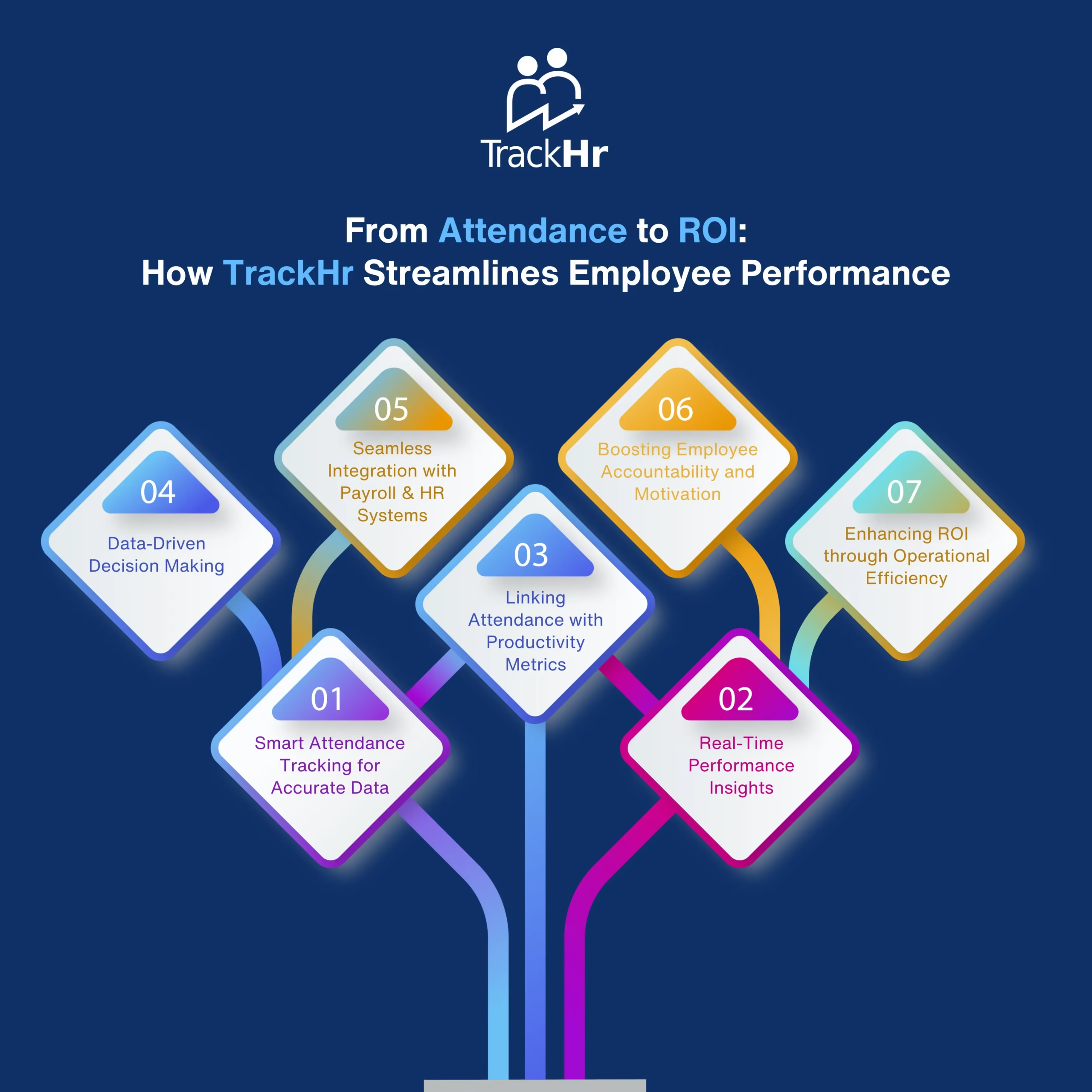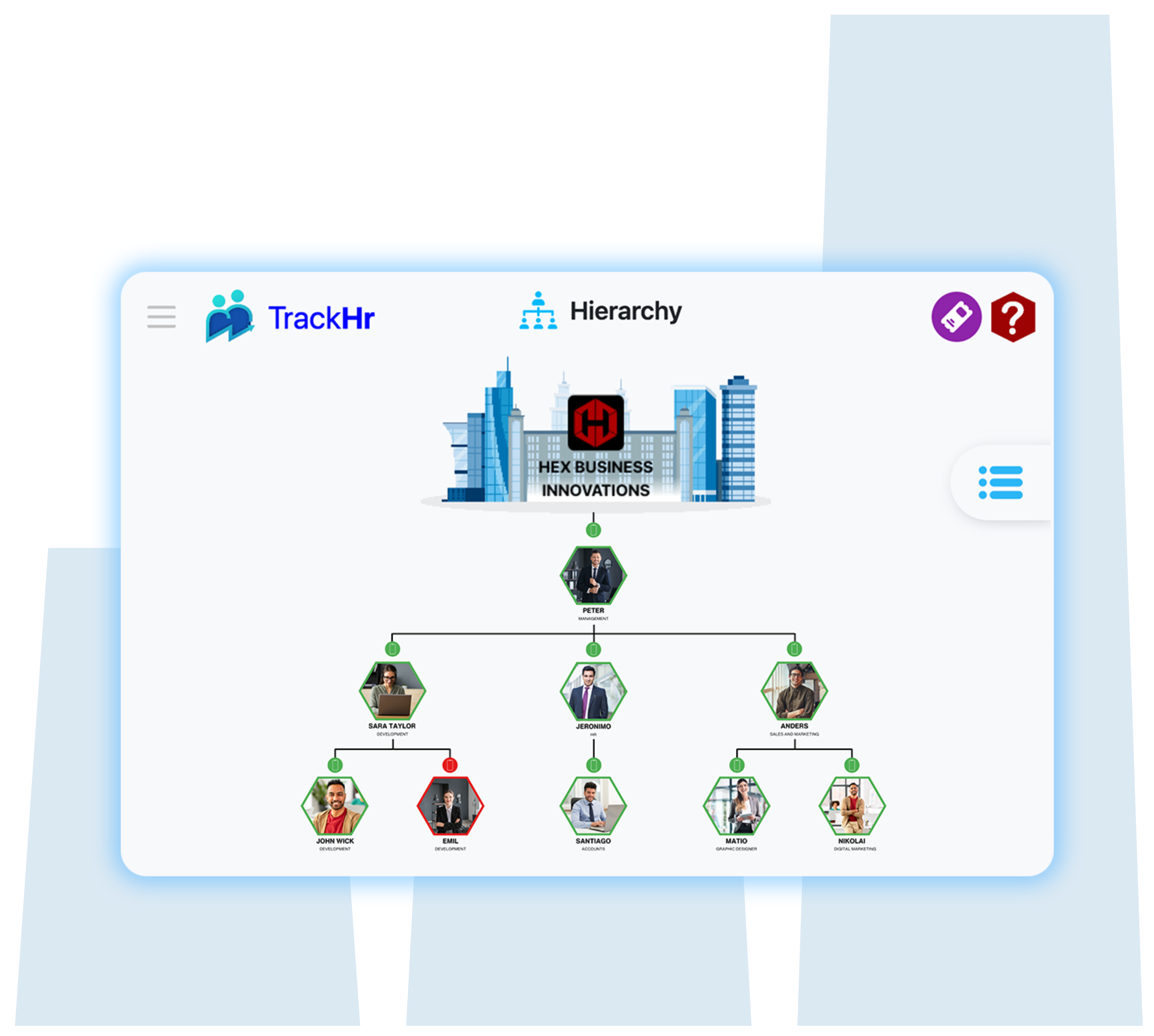Blog
Data-Driven Decision Making for Business Leaders
- April 26, 2025
- 11:43 am

In a rapidly evolving and competitive business environment, relying solely on instinct or past experiences is no longer enough. Data-driven decision making (DDDM) enables leaders to craft strategies based on accurate, up-to-date information. When data is analyzed properly, businesses can make informed decisions, minimize risks, and strengthen their competitive advantage. This article explores how business leaders can adopt DDDM and leverage the best tools and practices for success.
What is Data-Driven Decision Making?
Data-driven decision making involves using structured data analysis to guide business strategies. Instead of making assumptions, organizations turn to quantifiable information to identify patterns, forecast outcomes, and shape informed actions.
Advantages of Embracing DDDM
1. Greater Accuracy
Decisions rooted in credible data reduce the chances of error or bias.
2. Proactive Risk Management
Advanced analytics enable businesses to foresee challenges and take preventive action.
3. Faster Resolution of Issues
Real-time data helps uncover inefficiencies and implement solutions more quickly.
4. Enhanced Transparency and Accountability
Measurable results and defined KPIs allow for greater performance tracking and responsibility.
5. Scalable Growth
Data insights provide a strong foundation for expanding operations and improving resource allocation.
Common Data Sources for Strategic Decisions
- Customer Metrics: Behavior patterns, feedback, transaction records
- Operational Stats: Process efficiencies, logistics, workflow tracking
- Financial Indicators: Profit margins, cost trends, return on investment
- Workforce Data: Engagement levels, productivity, and output
Recommended Tools for Data-Driven Decisions
- Google Analytics – Tracks web traffic and marketing campaign performance
- TrackHr – Monitors employee productivity and engagement levels
- CRM Platforms – Organizes customer data and sales performance
Steps to Apply DDDM in Your Business
1. Outline Business Goals
Clarify which decisions are critical and define the success metrics you want to measure.
2. Gather Accurate Data
Collect information from verified sources that reflect your key operations and goals.
3. Utilize Analytical Tools
Implement software solutions to analyze and visualize complex data sets.
4. Translate Insights into Action
Focus on the metrics that align with your objectives and adjust strategies accordingly.
5. Continuously Evaluate Outcomes
Review key metrics regularly and optimize your approach based on the evolving data.
Case Study Example
A growing e-commerce brand analyzed purchase behavior and seasonal demand trends to optimize inventory. By promoting best-selling products and adjusting stock levels, they boosted quarterly revenue by 25% and minimized surplus inventory.
Potential Challenges in Data-Driven Decision Making
- Excessive Data Volume: Prioritize essential KPIs to stay focused
- Lack of Expertise: Provide team training or hire skilled analysts for deeper insights
- Compliance Risks: Ensure all data handling complies with local and global privacy laws
Conclusion
Data-driven decision making is a vital part of successful business strategy. Leaders who leverage data gain the clarity needed to adapt, innovate, and scale efficiently. With the right approach, DDDM transforms raw data into valuable insights that power business growth.
Table of Contents
Exhausted from managing performance management manually?






